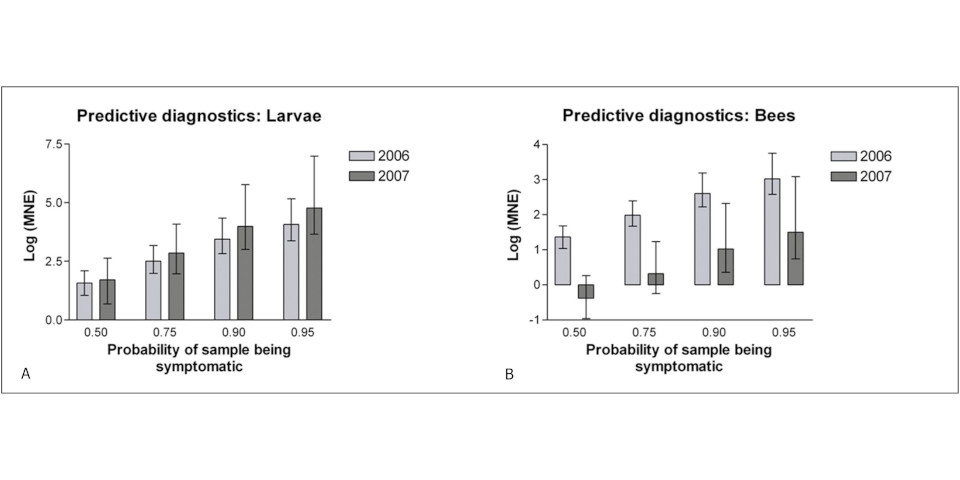European foulbrood (EFB) is a severe bacterial honey bee brood disease caused by the Grampositive bacterium Melissocccus plutonius. The disease is widely distributed worldwide, and is an increasing problem in some areas. Although the causative agent of EFB was described almost a century ago, many basic aspects of its pathogenesis are still unknown. Earlier studies were hampered by insensitive and unspecific methods such as culture based techniques. Recent advances in molecular technologies have led to a boom in the methods available to study both disease and causative organism, but not all published methods offer data of equal quality, or are likely to result in success. This paper presents selected step-by-step methodologies that have been used with success in at least one laboratory of the authors and considered relevant by the consortium of authors. We hope this paper helps providing some assistance to those wishing to work on M. plutonius and EFB, and speeds up the discovery of new knowledge to improve the control of this damaging and often neglected disease.
Standard methods for European foulbrood research 2.0
You are here:
Share this post

Author: SilvioErler
https://www.researchgate.net/profile/Silvio_Erler/publicationssince 2022 - Privatdozent (lecturer) at Technische Universität Braunschweig, Zoological Institute since 2020 - Deputy head of the institute, Institute for Bee Protection at JKI 2019-2020 - Senior research associate at Julius Kühn-Institute (JKI) – Federal Research Centre for Cultivated Plants, Institute for Bee Protection (Germany) 2018-2019 - Deputy chair of 'Animal Ecology' at MLU Halle-W. (Germany) 2013-2018 - Lecturer at MLU Halle-W. (Germany) 2012-2013 - PostDoc (University of Agricultural Sciences and Veterinary Medicine Cluj-Napoca) 2012 - Dr. rer. nat. (Martin-Luther-University Halle-W. Germany) 2008 - Diploma in Biology (Martin-Luther-University Halle-W. Germany)






